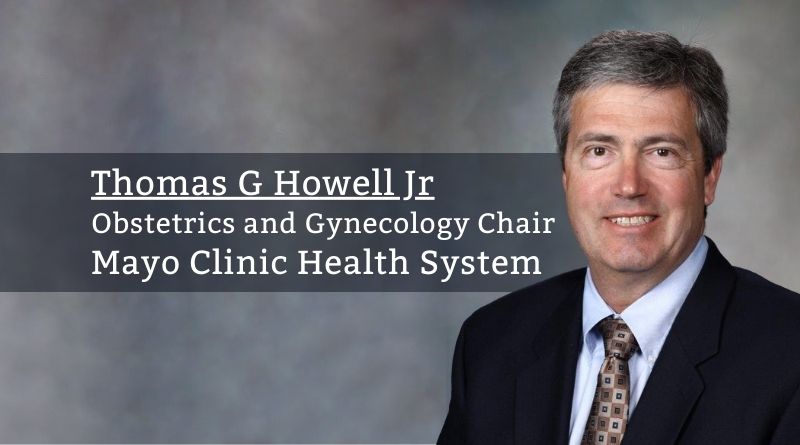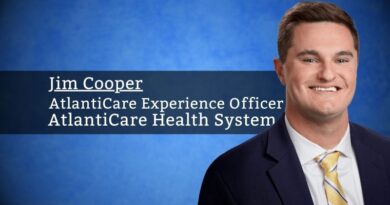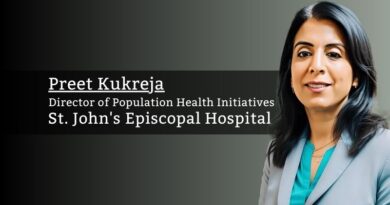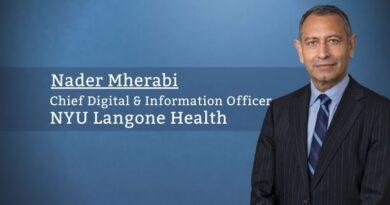Examining the Evolution From Patient Satisfaction to Human Experience
By Thomas G Howell Jr, MD, MS, FACOG, Obstetrics and Gynecology Chair, Mayo Clinic Health System
In December of 2023, a small group of about 30 patient experience professionals had a facilitated discussion about the current state of patient experience during a conference in December of 2023 in Palm Springs, California. The IR tenure ranged from well over a decade to just a few months in their PX roles. One of the consistent questions that came up was how to convince organizational leadership, especially financial leadership, that there is a return on investment (ROI) for patient experience. This got me thinking about the history of patient experience and why we are returning to a fundamental question that many of us who have spent more time in this space believed was answered over a decade ago. This article briefly examines the history of patient experience and poses a fundamental question on common current structures inside healthcare organizations.
The focus on patient experience sprung out of a 1970s patient advocacy movement. In 1985, Dr. Irwin Press and Dr. Rodney Ganey from the University of Notre Dame developed a validated patient satisfaction tool. Improving patient satisfaction was largely viewed as a way to decrease malpractice exposure. The focus at this time was on an individual patient’s satisfaction. At the turn of the century, “To Err is Human” and “Crossing the Quality Chasm” called into question the quality of the American healthcare system. The tagline was “a jumbo jet a day” of patients dying in the United States from preventable medical errors annually. The focus now shifted somewhat to safety as well as satisfaction.
In 2006, the National Quality Forum approved the first “CAHPS” survey administered by CMS. At the same time, Dr. Don Berwick and the Institute for Healthcare Improvement brought forth the concept of the Triple Aim; better outcomes, better patient experience, and less cost per capita. Many studies began to show that improved patient satisfaction/experience was associated with improved clinical outcomes. The Beryl Institute codified a specific definition of patient experience. Increasingly, data showed there were financial rewards independent of money that was tied to CAHPS surveys from CMS. One of these landmark studies, authored by Doyle, et.al (2013), noted that “… the data presented display that patient experience is positively associated with clinical effectiveness and patient’s safety, and support the case for inclusion of patient experience as one of the central pillars of quality and health care. ”
If we truly move healthcare to a more humanistic experience, we need to challenge some of the basic patient experience assumptions and structures that have limited our ability to do so.
Many organizations set up specific patient satisfaction/experience departments. These largely focused on complaint departments and keepers of patient satisfaction data. Often, patient experience staff would present survey data to clinician groups or individuals who became increasingly cynical about the reliability and applicability of the data. Leading with data became more a source of disengagement than a tool for improvement. As provider burnout became a more widespread concern, the Triple Aim was changed to the Quadruple Aim, incorporating improved provider well-being into the equation. As Dr Tom Lee noted in the book An Epidemic of Empathy in Healthcare, “The irony is that clinicians tend to take for granted that care is going to be compassionate, whereas patients take for granted that care is going to be technically excellent.”
My entry into the formal world of patient experience happened about this time. I was at a conference where somebody was discussing three basic types of people and what motivated them during medieval times: 1) Peasants, who were motivated by survival; 2) Nobility, who were motivated by power; 3) Philosophers, who sought meaning and purpose. The speakers link to health care was that most people in healthcare are motivated by meaning and purpose. At that moment, it struck me that the current burnout crisis was turning philosophers into peasants. Providers were losing the purpose part of their daily work. A study published in the Journal of Patient Experience in 2020 suggested that the newest group of providers performed the worst on the statement “my work is meaningful”.
Mayo Clinic re-evaluated its patient experience approach at this time. It changed the department’s name to the “Office of Mayo Clinic Experience,” recognizing the more holistic view of everybody’s, not just the patient’s, experience being important and relevant. Accompanying this was a shift to a strategy to continuously and incrementally improve patient experience and move away from percentile rank goals. Many other organizations across the United States have taken a similar approach. As patient experience evolved from the focus on satisfaction to experience and taking a more holistic and humanistic approach, the COVID-19 pandemic struck. Effects included a massive workforce exodus, an increase in emotional exhaustion among healthcare workers, the exponential growth of remote working, and an overall less tolerant society. Patient and visitor conduct expectations were formalized. Mayo Clinic developed a formal permanent work group to address this.
Although it was well over a decade since I believe we had largely answered the question on the importance of experiencing healthcare, both from outcomes and financial impact lenses, it seems we were revisiting the question posed at the beginning of this article. Perhaps it was partly the effect of financial strains across organizations. Maybe it was a lack of institutional memory, some of which was lost during the post-pandemic turnover. However, it may be that our concept of experience as a component of quality along with safety and outcomes, needs to be adjusted. Perhaps Experience is the bigger, overarching concept, with subcategories such as safety, patient-reported outcomes, community-based results, population and social determinants of health (SDOH), and workforce retention and well-being. If we truly move healthcare to a more humanistic experience, we need to challenge some of the basic patient experience assumptions and structures that have limited our ability to do so.



